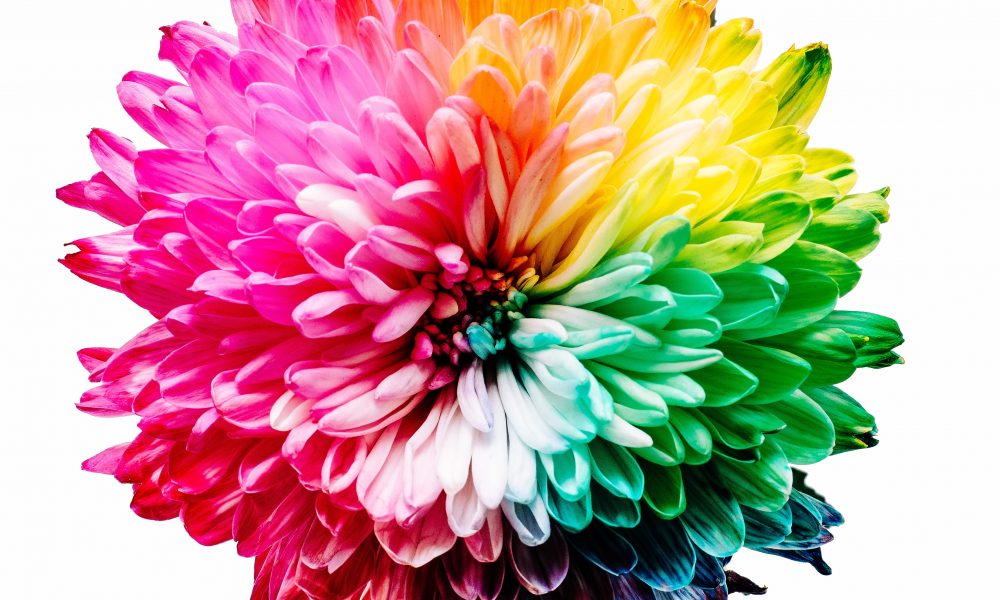
Four Fascinating Facts about Color Therapy You Should Know about!

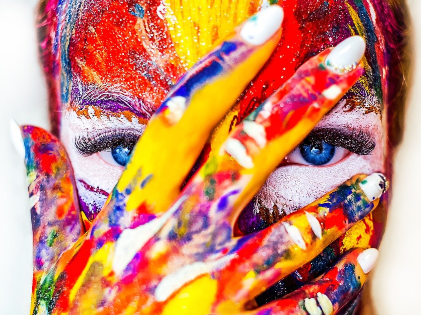 The sight of a riot of colors impacts our minds in more ways than one. Of course, colors make everything around you look good. But it can also make you reach for your snacks as it makes you hungry, or it can also make you feel dizzy.
The sight of a riot of colors impacts our minds in more ways than one. Of course, colors make everything around you look good. But it can also make you reach for your snacks as it makes you hungry, or it can also make you feel dizzy.
Psychologists and family counselors have been researching color and its impact on the human psyche. However, scientists are still trying to find out how deep the impact of colors is on human beings. So, here are few little-known facts about color and its impact on the psyche of human beings.
How Colors Evoke Emotions?
Imagine driving your car, and suddenly you look up and see a signboard. Or catch sight of a “Clearance” sign, don’t you immediately connect to the sign? Among colors, red holds its position as the most used color mainly because of its arresting, and traffic-stopping quality. Also, it is an emotional color.
Other colors ensure different influences. Blue, on the other hand, provides you a feeling of tranquility and trust. Green reminds you of nature. Orange gives you the feeling of confidence and enthusiasm, and more. Attractive how different colors evoke other kinds of feelings in us.
The Impact of Color on Our Minds
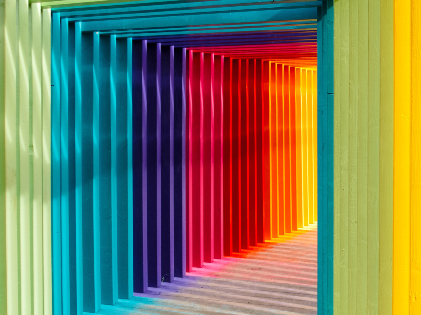 There isn’t definitively that color affects a person’s psyche. But to how much and to what extent, well, that is not clear. There have been studies as early as the 1930s by Kurt Goldstein, who started experimenting with color and appearance. He found out that, red objects were heavier while green felt fresh and lighter. More recent instances where a cafe that blue paint had customers coming up to them and complaining about how the cafe was making them feel cold.
There isn’t definitively that color affects a person’s psyche. But to how much and to what extent, well, that is not clear. There have been studies as early as the 1930s by Kurt Goldstein, who started experimenting with color and appearance. He found out that, red objects were heavier while green felt fresh and lighter. More recent instances where a cafe that blue paint had customers coming up to them and complaining about how the cafe was making them feel cold.
But the complaining stopped as soon as the walls had orange paints. Although the temperatures did not change, the people’s stand on the temperature changed completely. There has also been a study in Glasgow in Scotland that blue evokes trust, so they changed their street lights to blue, and guess what? The crime rate in the city dropped drastically!
The Color Yellow Is Stimulating
What does the color yellow, do to you? Does it make you feel dizzy? Or maybe even make you feel nauseated. It does the opposite of it! Psychologists suggest that yellow is a color that people perceive as warm and optimistic. The hue promotes feelings of desire and making you want to buy. So, it is no wonder that all our favorite food joints and brands have a tint of yellow in them!
Can Colors Be Scary?
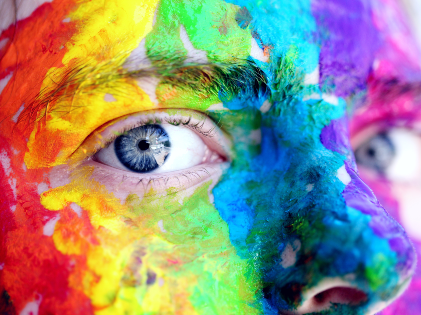 Colors should help you feel good about everything. But, what if we tell you that it also makes you feel scared? There is a word called Chromophobia, or Chromatophobia, where people start harboring irrational fear of certain colors. Chromophobia comes from a conditioned response, or past incident association.
Colors should help you feel good about everything. But, what if we tell you that it also makes you feel scared? There is a word called Chromophobia, or Chromatophobia, where people start harboring irrational fear of certain colors. Chromophobia comes from a conditioned response, or past incident association.
But the fear of colors is rather rare. And that is because people prefer colors with nice names over colors with simple plain names. Remember the time you chose a color for the walls of your home just because that particular pink sounded well, attractive? The same goes for other colors like make-up, paint colors, and jellybeans. Most of us have been guilty about choosing a color because it sounded delicious. Think mocha over brown!
It is no wonder that family counselors and psychiatrists use color therapy as a reliable treatment option, administering it in various ways. In many treatments, colored lights reflect on the body, or wear silky hues. Other practitioners have numerous ways of using colors with bottles or small torches. They also use color beams and point them at certain relevant acupressure or colorpuncture points to provide relief.
Is color therapy suitable for everyone? The best part about color therapy is that it is a suitable treatment for almost everyone, right from young to old—people suffering from stress and immune deficiency problems or dealing with insomnia or sleep issues. People suffering from a critical illness can seek solace in colors and get help from color treatment. The next time you prefer to wear a particular color on a certain day, you need to know that science is behind it. Or should we say that you will know the psychology behind it?
More in Family Counseling
-
`
5 Reasons Why Dad’s Side of the Family Misses Out
Family bonds are intricate and multifaceted, often creating a unique tapestry of connections. However, many people notice a peculiar trend: stronger...
July 12, 2024 -
`
A Quick Guide on How to Get Short-Term Disability Approved for Anxiety and Depression
Living with anxiety or depression poses unique challenges, particularly in the workplace, where stress can exacerbate symptoms. For many, short-term disability...
July 5, 2024 -
`
Why Do People Feel Sleepy After Eating?
Is feeling sleepy after eating a sign of diabetes? Well, not directly. There are many reasons why you feel drowsy after...
June 20, 2024 -
`
What Is High-Functioning Depression? Symptoms and Treatment
High-functioning depression may not be a term you hear every day, but it’s a very real and challenging experience for many....
June 13, 2024 -
`
Kelly Clarkson’s Weight Loss Ozempic Journey – Debunking the Rumors
In a refreshing moment of transparency, Kelly Clarkson, the beloved singer and talk show host, sheds light on her remarkable weight...
June 3, 2024 -
`
What Is the Best Milk for Gut Health and Why?
In recent years, the milk section at the grocery store has expanded far beyond the traditional options. While cow’s milk has...
May 30, 2024 -
`
Do Dental Implants Hurt? Here’s All You Need to Know
When you hear “dental implants,” you might wince at the thought of pain. But do dental implants hurt as much as...
May 24, 2024 -
`
5 Key Differences Between A Psych Ward & A Mental Hospital
Curious about the differences between a psych ward and a mental hospital? You are not alone. With the mental health conversation...
May 16, 2024 -
`
It’s Official! “Selling Sunset’s” Christine Quinn & Husband Christian Dumontet Are Parting Ways
Have you ever found yourself unexpectedly engrossed in the personal lives of celebrities, especially when their stories take dramatic turns? Well,...
May 9, 2024
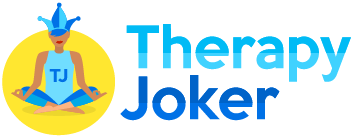









You must be logged in to post a comment Login